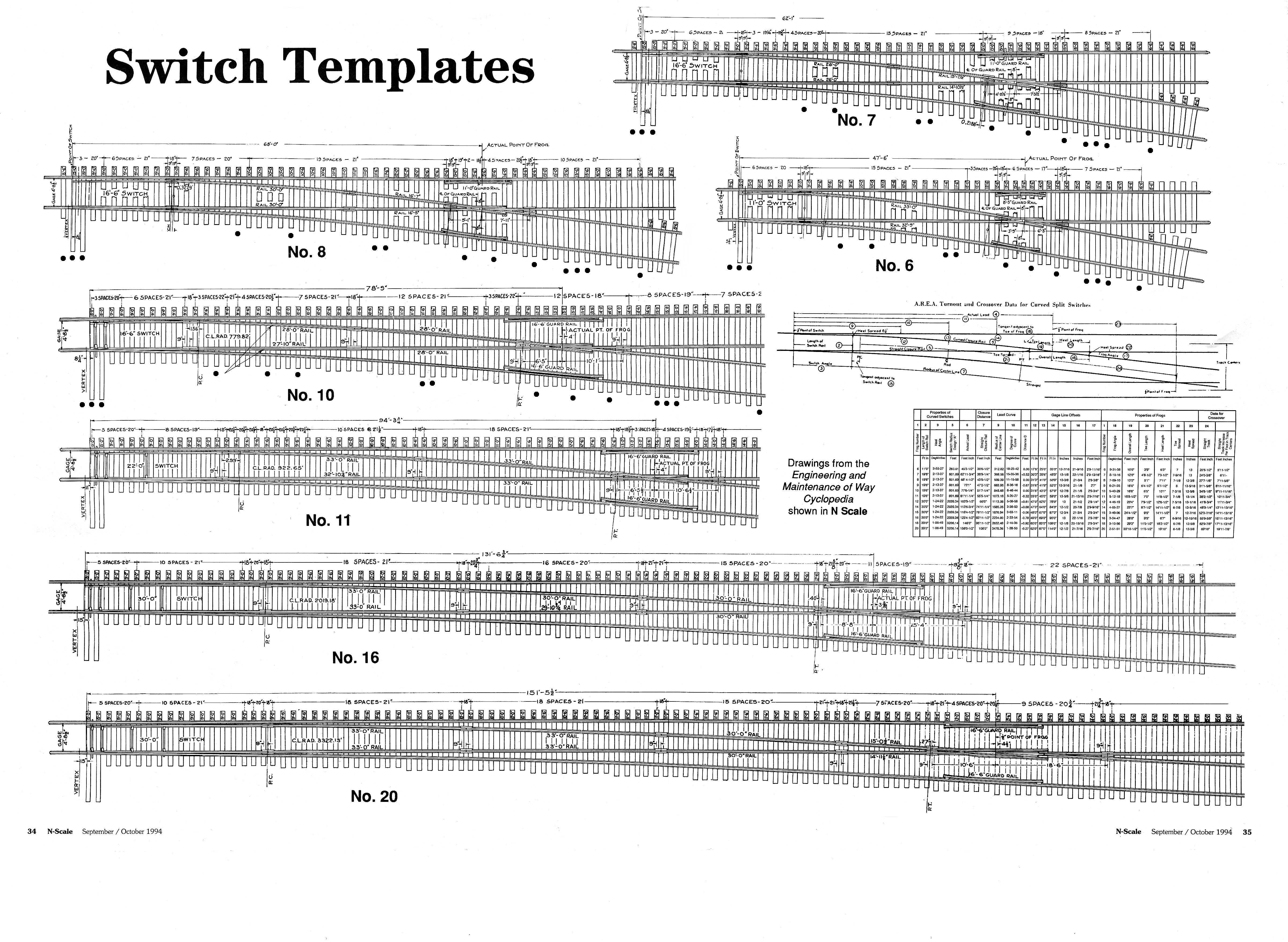Devon Sinsley said:
Oh and I guess I asked the question wrong. So what has been beat into my head in this conversation is that the difference between a toy switch and prototype switch is that the diverging closing rail must run straight through the frog. Now as it leaves the throw bar it curves toward the frog and at some point before reaching the frog it straightens out and runs straight. my question is how long does it need to run straight before entering the frog?
That depends on how long the curve is on the diverging stock rail. That curve in the point rail will match the curve in the stock rail.

When the point is throw over to the diverging route you’ll have to keep it in gauge with diverging stock rail.

